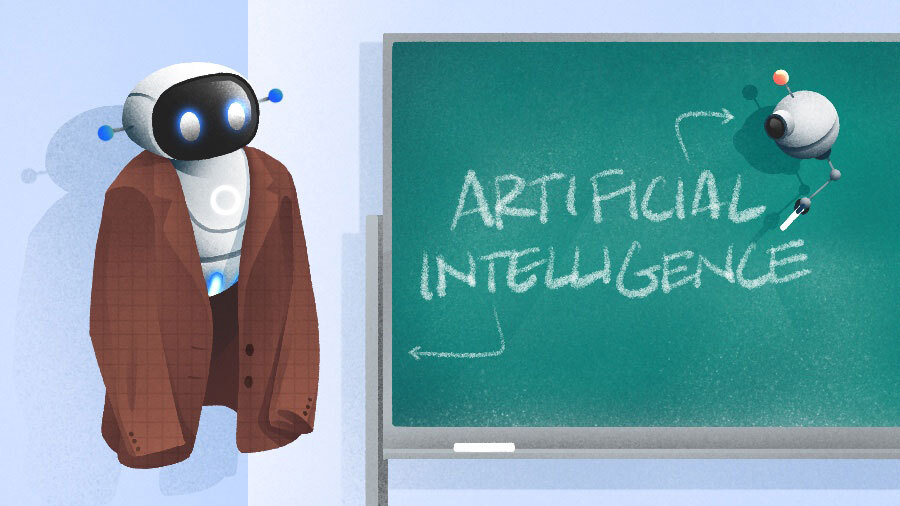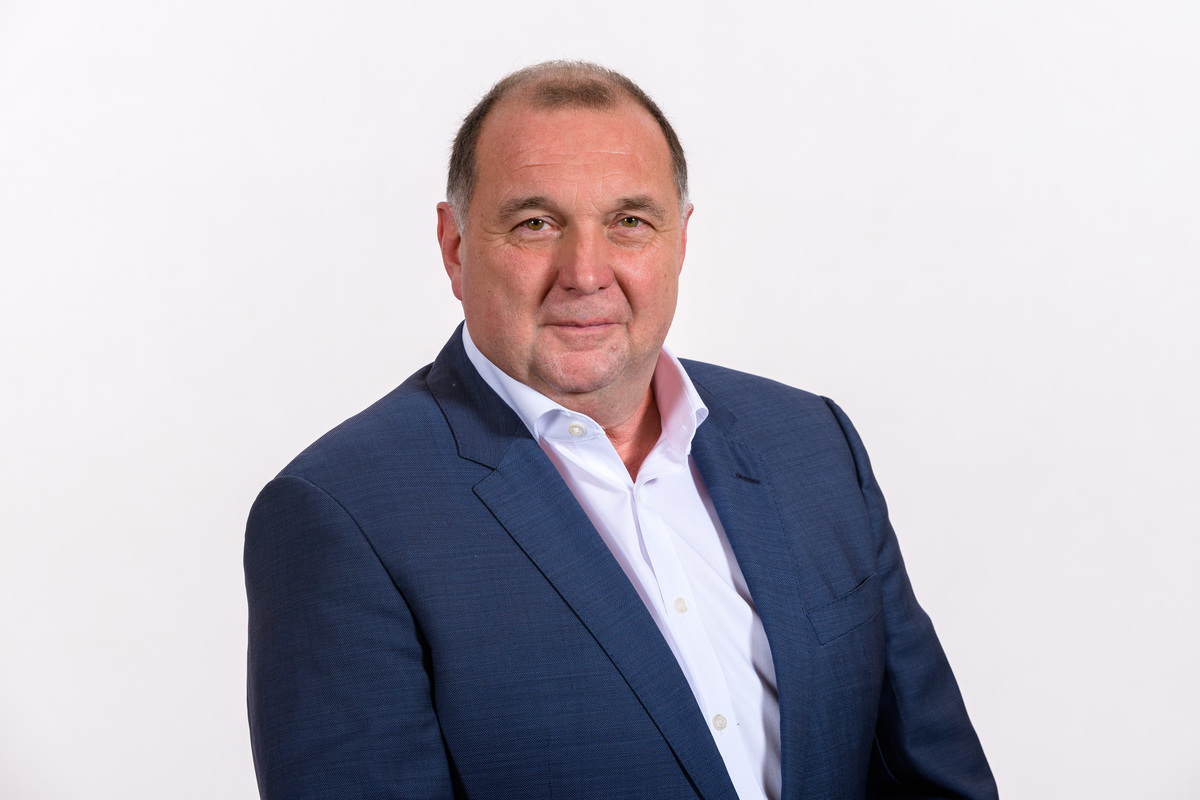By Matt Darrow
Just over a year ago, my co-founders and I realized that our company had an existential problem.
The product we had been building and selling — a SaaS platform for sales engineers — was rapidly going to be made obsolete by AI.
When we tried to envision how our software would fit into an AI-enabled future, we realized there simply wasn’t going to be a future where people interacted with our software the way they do today. The world of SaaS tools will eventually be killed by AI-native interfaces.
We needed to start over and rebuild a product for the future from scratch. And if we were going to survive, we needed to do it without losing the bulk of our customers.
Here’s how we managed it.
Same outcomes, brand-new world
It’s important to recognize that this wasn’t a case of selling customers on an existing platform upgraded with AI features. Instead, we needed them to embrace a brand-new, AI-native product that would completely replace their existing workflows.
For a moment we asked ourselves whether we should even expect our customers to move over for us.
But the reality was that we were still aiming to solve the same problems — plus so much more with the new vision. Our existing customer was still our ideal customer profile. They bought us to solve a specific problem: improve sales productivity for sales teams selling complex products.
Our goal was to deliver the same outcomes, but far more effectively. Instead of providing a SaaS system to keep track of work done by humans, we would provide an AI system that could do the work itself.
As the CEO, I realized that it was on me to communicate such a dramatic change to our customers. I reached out to many of them across every channel I could find — I sent personal emails and personal LinkedIn messages, and in many cases I scheduled Zoom calls to talk through the details and answer their questions.
The message boiled down to this:
“AI is a once-in-a-generation technology shift. We’re not doing you any good as a customer if we keep building things for a world that doesn’t have a future. We want to give you the same outcomes, and so much more, in a brand new world.”
Three types of customer transition
For a startup founder, explaining a vision is easy. Things get harder when you start getting contracts involved.
As we looked at how to transition our customers from their existing agreements to the new product, we found that we had to have three types of conversation.
Our customers paid for user licenses, and our approach depended on their level of utilization with our existing product. The first group of customers were those who were basically completely utilized and relying on our existing SaaS product.
For those customers, our approach was essentially a net new cross-sell sales cycle, helping them to secure new budget for the new product we were selling. Over time, we expected them to free up budget as users transitioned from the old platform to the new platform, but these heavily utilized customers needed us to help them communicate the new direction and secure additional budget.
While those were tough conversations, the majority of SaaS customers are not typically 100% utilized. For customers that had some capacity, we were able to offer a middle path. We took the amount that those customers were underutilized and offered it as a credit to use the new service.
That way they could prepare for the transition by having some users on the new service as a forward-deployed team; once it became time for renewal, those users could help with change management and support the rest of the organization.
The last group of customers were those who were underutilized but didn’t have significant change management needs. These companies — typically smaller, more nimble organizations — could simply take their existing spend and move it from point A to point B. For those customers, we just turned off the SaaS service, booted up the new AI platform and provided the same level of training that we would provide to a net new customer.
The result? Across all three groups, more than 80% of our customers have already transitioned or are in the process of transitioning to the new platform. While it wasn’t easy, the result is a stable company that’s now built to thrive in the AI era.
What we learned
When we were deciding what to do a year ago with our suddenly disappearing product roadmap, we settled on a specific motto: Instead of waiting for the axe to fall, prepare for a world where you have no head.
Right now there are hundreds of SaaS companies that are anxiously waiting for the moment when AI renders their product or service obsolete. Instead of trying to wring the last drops of revenue we could out of an inferior product, we chose to make a bet and build into the fog.
We learned a few key lessons in the process:
- Rip off the Band-Aid: While the decision sounds easy in hindsight, the actual change itself had to be handled extremely delicately. We had to reassess team members to determine who could support the new product while maintaining the existing product at the same time, and we had to let go of employees who no longer fit with the new vision of the company. We also had to make the case to our investors that we were still on the right path. The longer we waited to change our platform, the harder the transition would have been — this is a moment for decisive action.
- Don’t sugarcoat the situation: In all of our conversations with employees, investors and customers alike, we gave them a straight, unvarnished story. By being brutally honest about how we saw the market, we maintained a lot of credibility at a moment when it would have been fair to question our judgment.
- Look for easy compromises: We could have taken a take-it-or-leave-it approach with our customers. We believed in our new product and didn’t see a long-term future for our old one. But a rigid approach probably would have led to a lot more lost customers, even though we were still solving the problems they bought us for in the first place. Finding the middle ground and supporting companies that needed to linger on the older SaaS platform a little longer allowed us to keep more customers in the fold and maintain a stable business during a period of disruption.
In the end, we found one more silver lining to our year of disruption. In talking to our customers, there were a few who were approaching renewal who weren’t planning to continue with the previous SaaS platform. But the new AI platform? They didn’t just renew — they expanded.
Matt Darrow is the CEO and co-founder of Vivun, the AI sales teammate. Prior to Vivun, he built the global presales team and ran multiple product lines during Zuora‘s IPO run.
Illustration: Dom Guzman

Stay up to date with recent funding rounds, acquisitions, and more with the
Crunchbase Daily.









